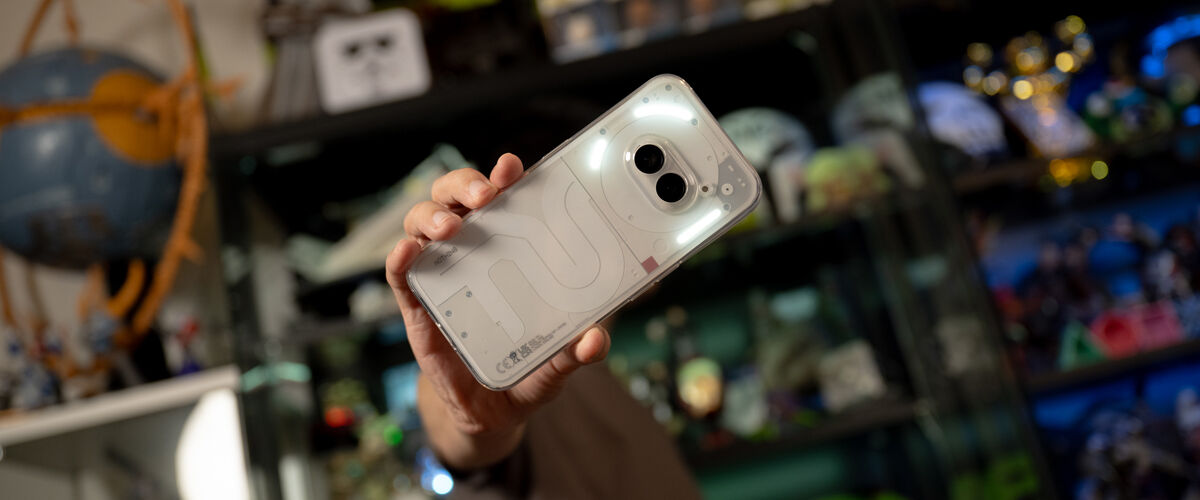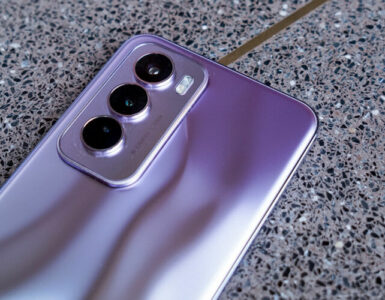With an array of budget-friendly Android smartphones out there, UK-based tech start-up Nothing is putting its stamp on the mid-range smartphone market with its particular brand of minimalism and innovation with its latest Nothing Phone (2a).
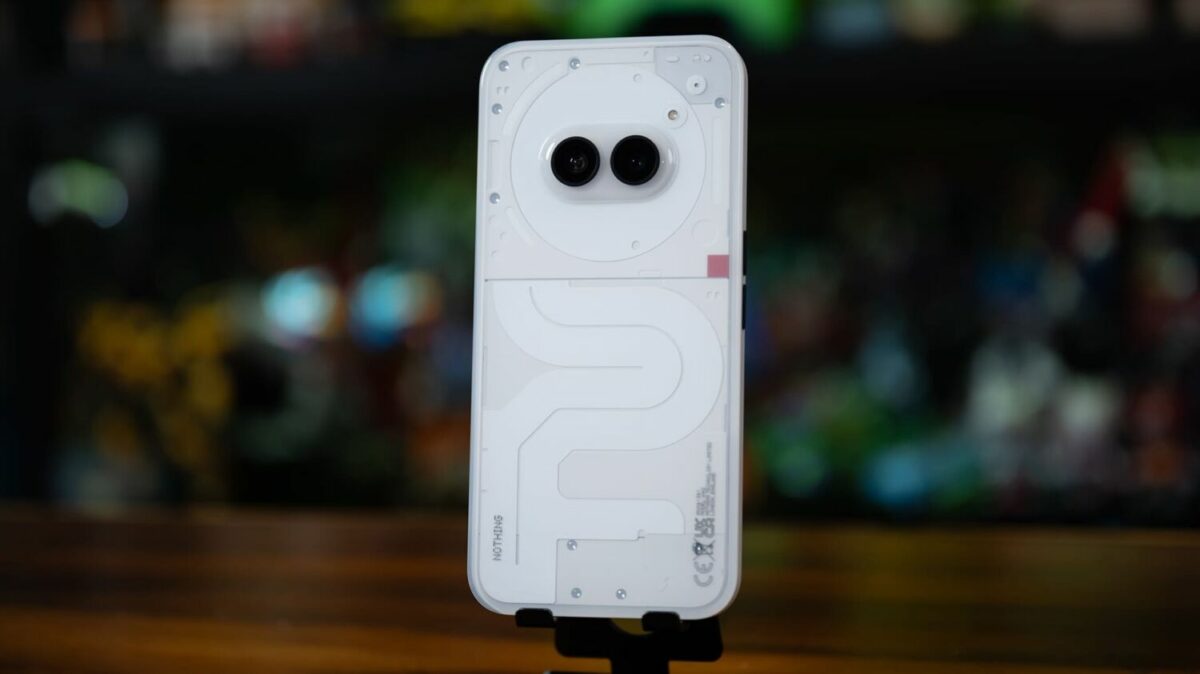
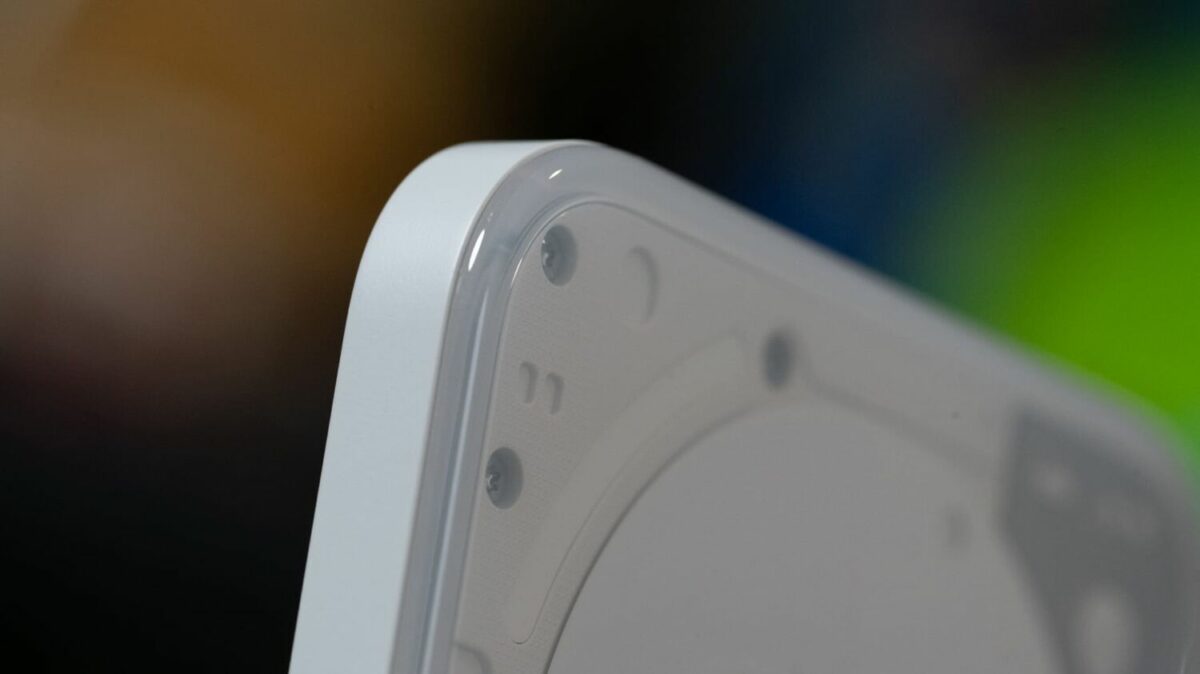
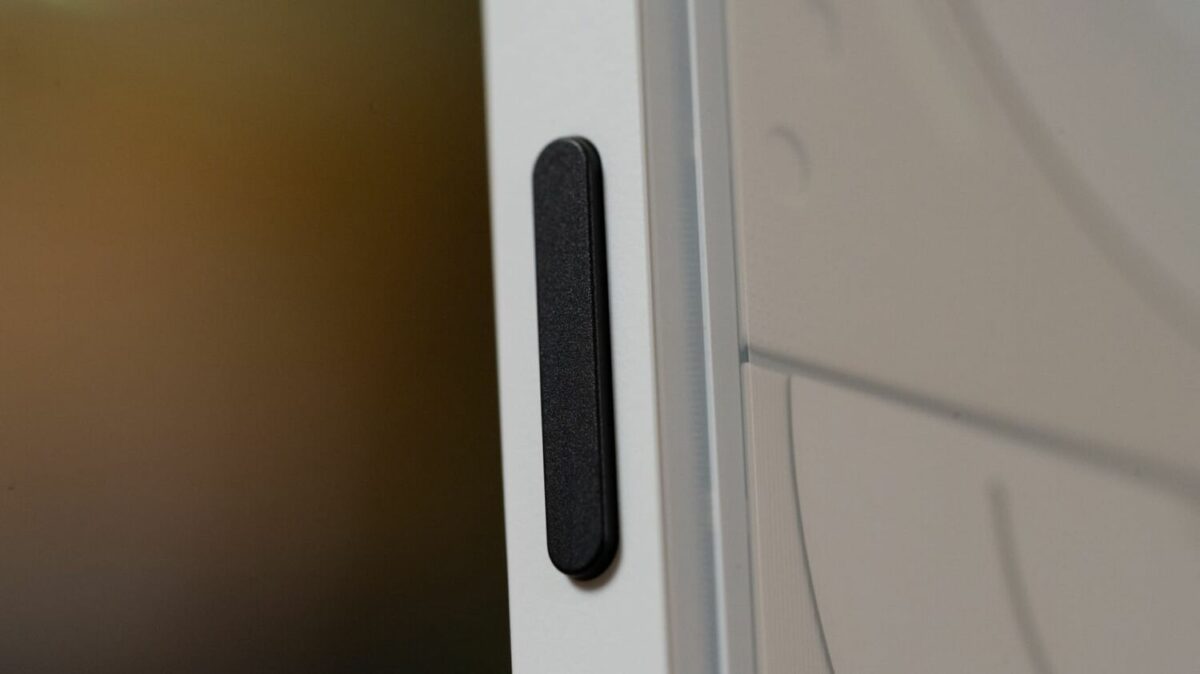
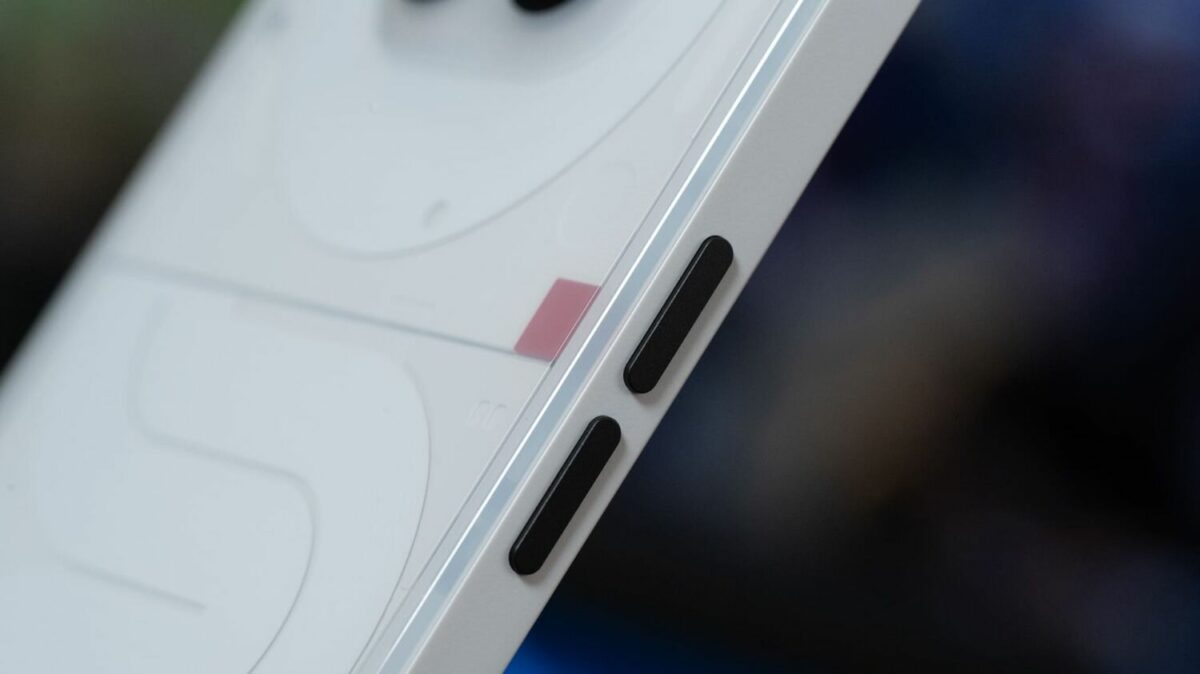
Odd nomenclature aside, the S$499 device is a successor to the original Nothing Phone (1) (S$889) and a budget alternative to the Nothing Phone (2) (S$1,009), offering a refined yet accessible take on the smartphone experience. Powered by the MediaTek Dimensity 7200 Pro chipset, the Nothing Phone (2a) doesn’t sport the usual Qualcomm Snapdragon processor. But at this price point, it doesn’t need to as it is still able to deliver surprisingly impressive performance, effortlessly handling everyday activities, responsive multitasking, and demanding applications. Even intensive tasks like gaming, exemplified by playing Genshin Impact on the highest settings, showcase minimal stumbles and consistent fluidity, albeit with some warmth generated during prolonged use.
At first glance, the device looks nothing like a mid-range device, striking a balance between functionality and affordability, catering to users seeking a sleek and distinctive smartphone without breaking the bank. The phone exudes elegance with its sleek iPhone-style flat edges, rounded corners, and understated design. The shift of the cameras to a central, top position, coupled with a subtle camera bump, adds a touch of sophistication while maintaining a streamlined and lightweight profile.
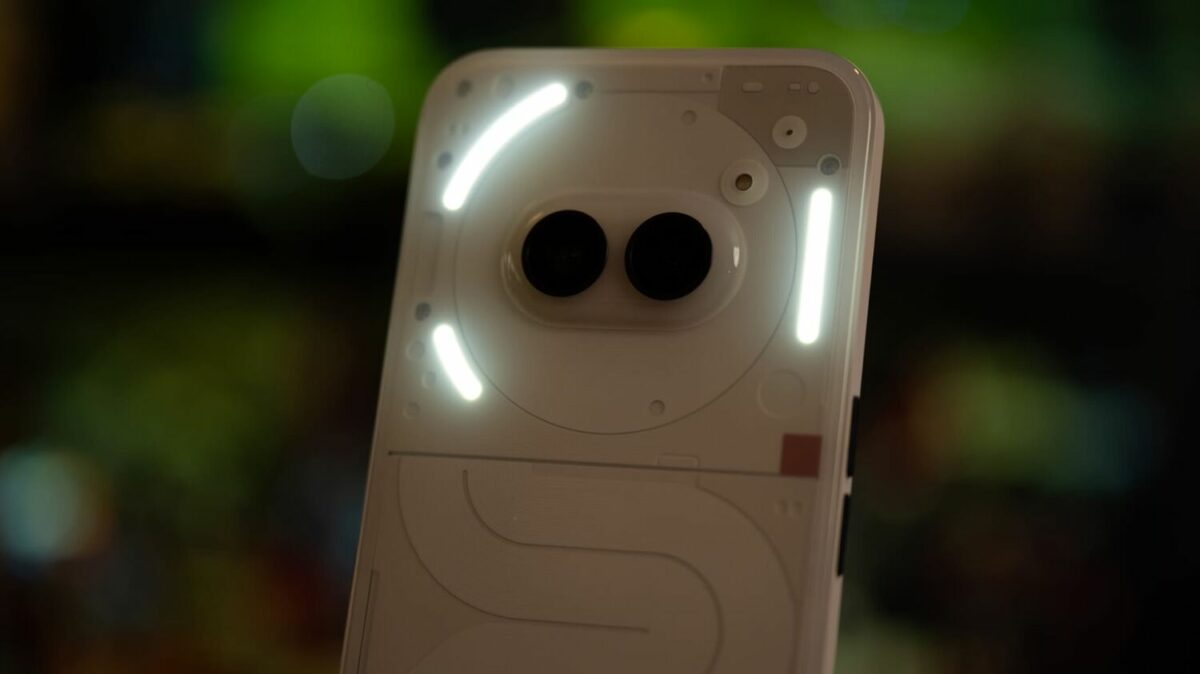
One of the standout features of the Nothing Phone (2a) is its customisable Glyph lights. It’s a pared-down version from its predecessors — going from five light strips in the Phone (1) and 11 in the Phone (2), to three in the Phone (2a) — but no less versatile. Users can tweak the brightness and assign custom ringtone rhythms to the flashing Glyphs, allowing for personalised notifications that stand out in a crowd.
The Essential Notifications and Flip to Glyph features, which display notifications through flashing lights while the phone remains locked, offer convenient ways to stay informed while minimising distractions, demonstrating thoughtful integration of technology into daily life. Other useful features concerning the Glyph Interface include a Glyph timer — which adds a playful element to the user experience, making it easy to track time at a glance while light drains from an illuminated Glyph panel — and a visual representation to indicate the current audio level.
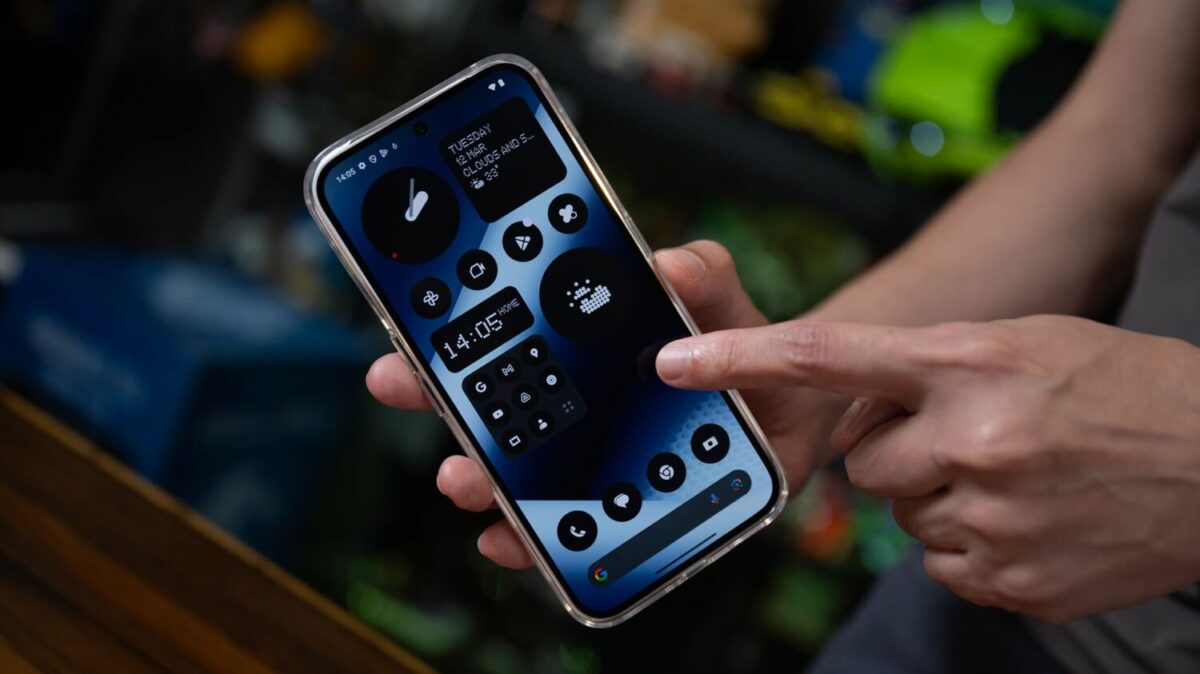
The 6.7-inch AMOLED display, capable of 10-bit colour depth, delivers crisp visuals and vibrant colours, making for an immersive viewing experience that rivals pricier competitors. The 120 Hz refresh rate is a nice touch, ensuring smooth navigation across the system. For users who prioritise audio quality, the speaker sound system offers good clarity, further enhancing the multimedia experience.
The Nothing OS veneer presents a minimalist interface that encourages mindful smartphone usage, with black-and-white app icons serving as a subtle reminder to prioritise productivity over distraction. That said, not all apps support the monochrome Nothing OS design, resulting in them appearing as their default Android app icons. Those who find the minimalist icons a tad esoteric, or simply prefer a more traditional Android experience, can easily customise the interface to suit individual preferences.
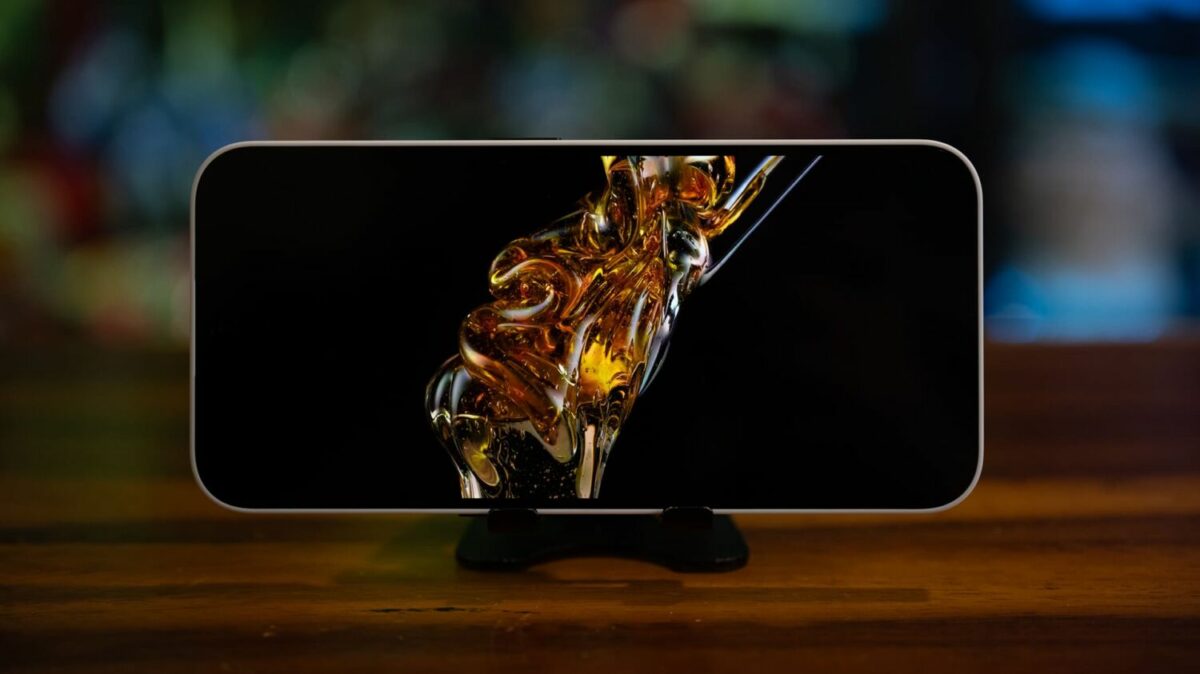
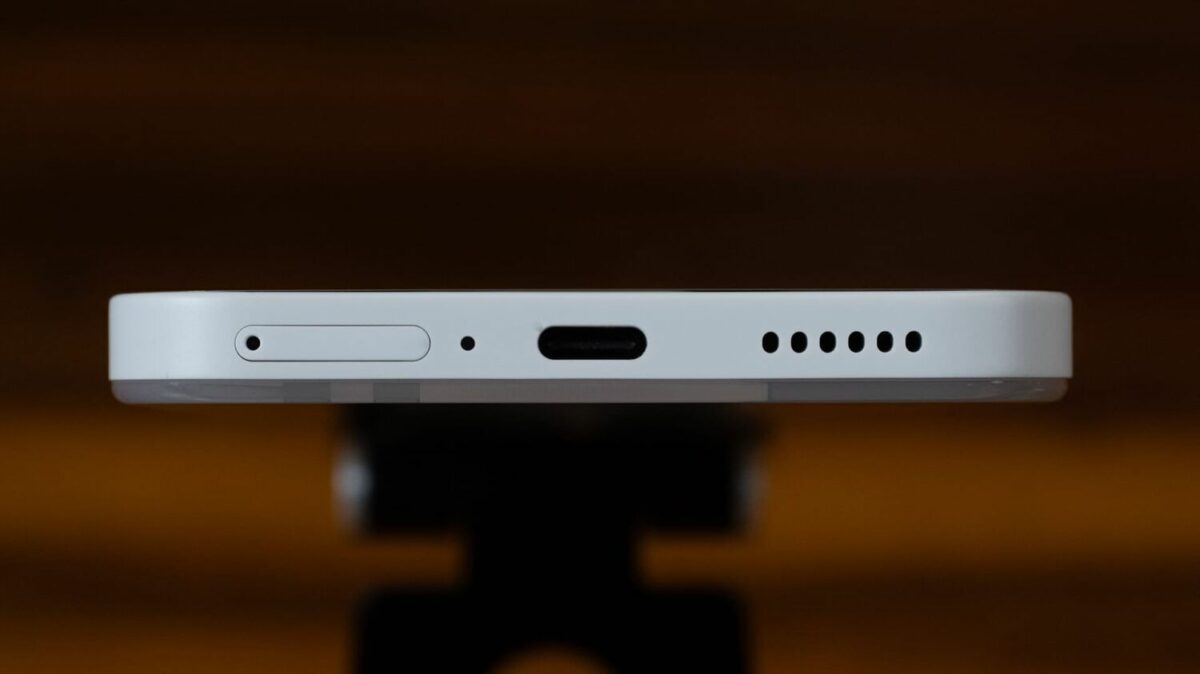
The Nothing Phone (2a)’s remarkable functionality is likely supported by the phone’s HyperEngine 5.0 technology. It claims to maintain steady gaming frame rates whilst simultaneously decreasing battery usage by as much as 18 per cent, all while preserving exceptional visual fidelity. Such efficiency is achieved through the use of AI-driven algorithms, which intelligently adjust rendering quality during gameplay, effectively easing the burden on the GPU in real time.
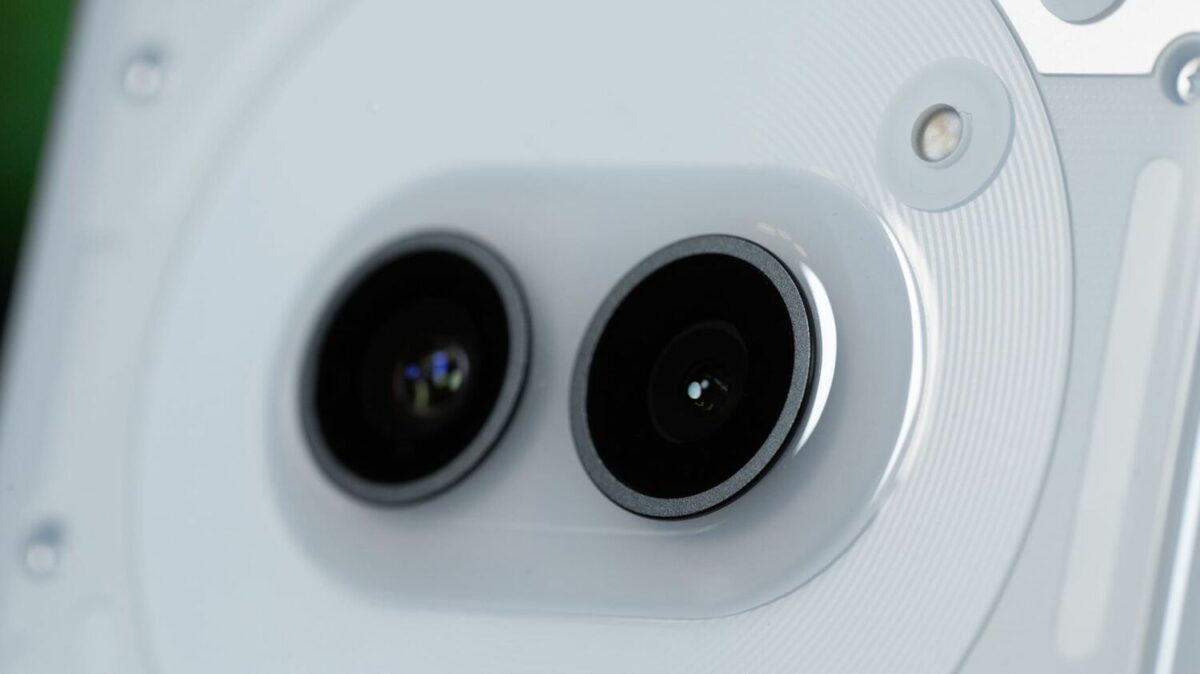
Equipped with a 32MP front camera and dual 50MP main and ultra-wide cameras on the rear, the Nothing Phone (2a) doesn’t exactly boast the most advanced camera system but still manages to deliver reliable images with true-to-life colours and decent saturation.
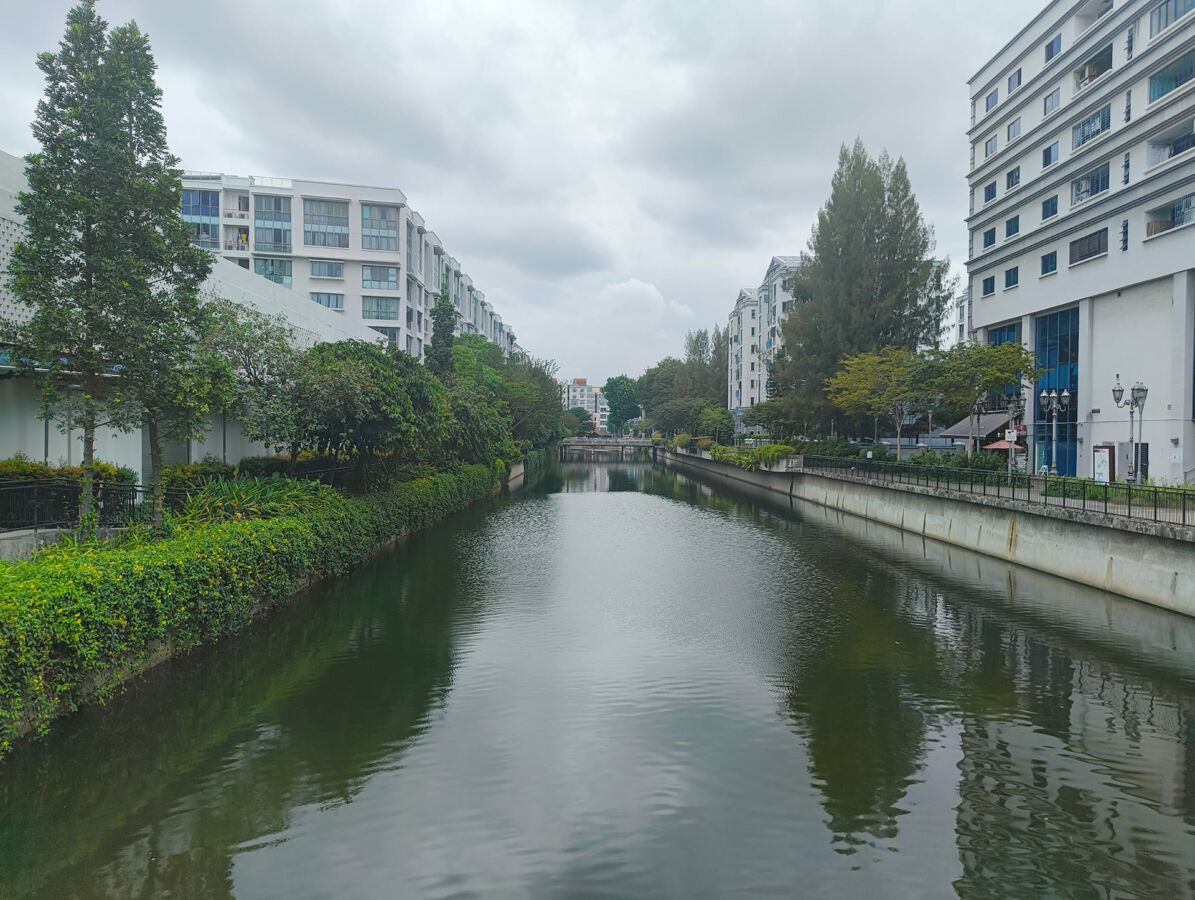



Low-light photography presents minimal challenges with the Nothing Phone (2a). It’s purportedly capable of enhancing low-light conditions by merging pixels into ‘super-pixels’, thus increasing light intake. Alongside Optical Image Stabilisation, which extends exposure times to prevent blurry images, the device captures multiple frames with varying exposure values to balance the brightness of highlights in a scene. Furthermore, the Glyph lights on the rear offer an additional advantage, serving as a portable ring light to provide illumination with few shadows.
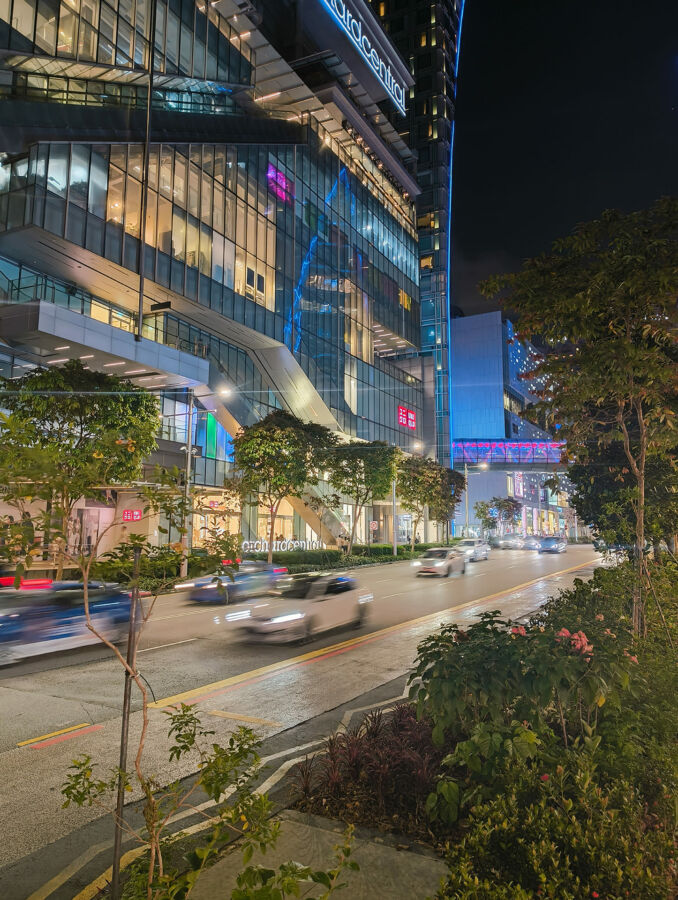

Other notable features include the in-display fingerprint sensor, ensuring both secure and convenient access to the device. The Nothing Phone (2a) also boasts a robust 5,000mAh battery, which provides ample endurance for typical daily activities like web browsing, video streaming, and audio playback. However, intensive tasks like extensive gaming may deplete the battery more rapidly.
Unfortunately, certain key features, such as wireless charging and a headphone jack, are lacking. Moreover, it comes with a mere IP54 rating, suggesting limited water and dust resistance. For reference, other mid-range phones like the Google Pixel 7a and the Samsung Galaxy A54 are rated IP67.
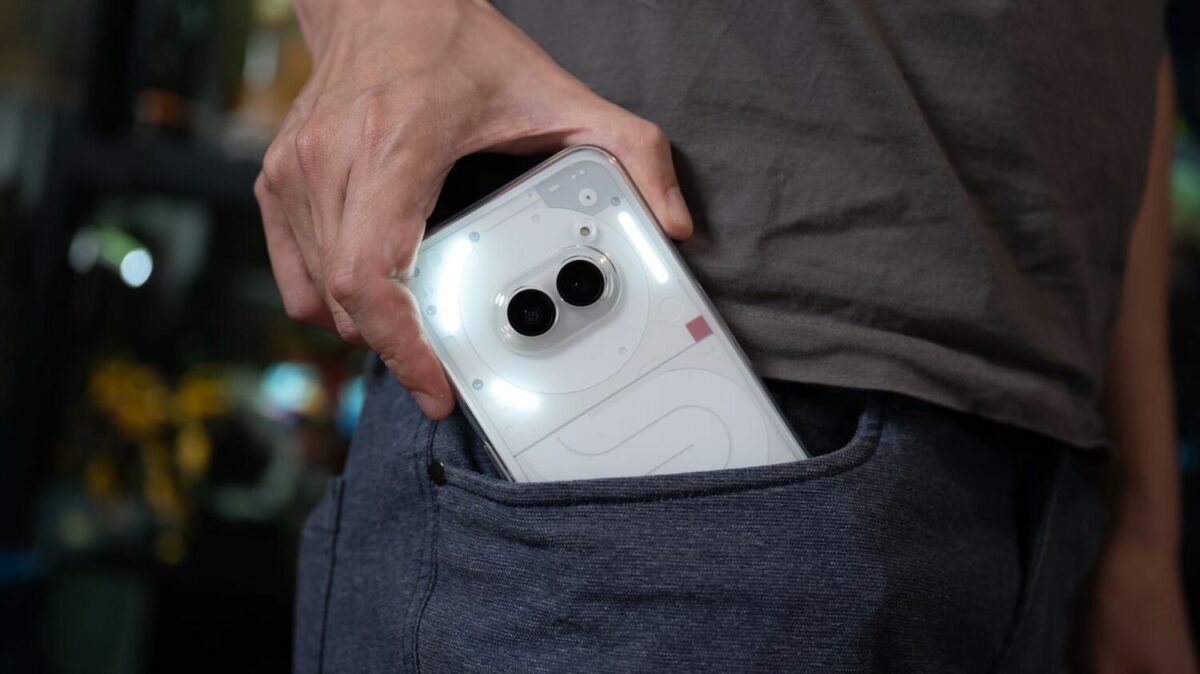
Overall, the Nothing Phone (2a) is a testament to Nothing’s commitment to design and innovation, making it a worthy contender in the mid-range smartphone market. It balances affordability and functionality, offering a compelling option for users seeking a well-rounded smartphone experience.
GEEK REVIEW SCORE
Summary
The Nothing Phone (2a) sets itself apart with its fusion of simplicity and innovation, providing users with a versatile and stylish smartphone that excels in both form and function.
Overall
8/10-
Aesthetics - 8/10
8/10
-
Build Quality - 7/10
7/10
-
Performance - 8/10
8/10
-
Value - 9/10
9/10
-
Geek Satisfaction - 8/10
8/10

